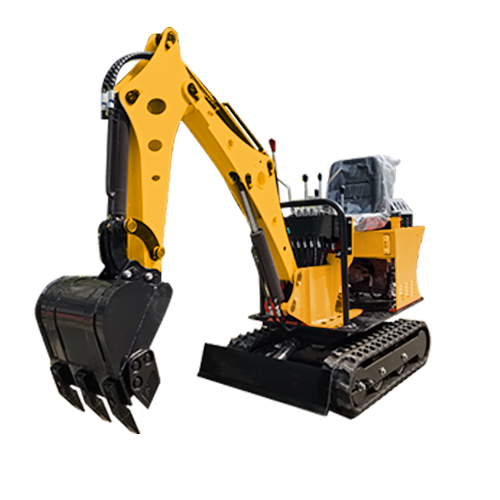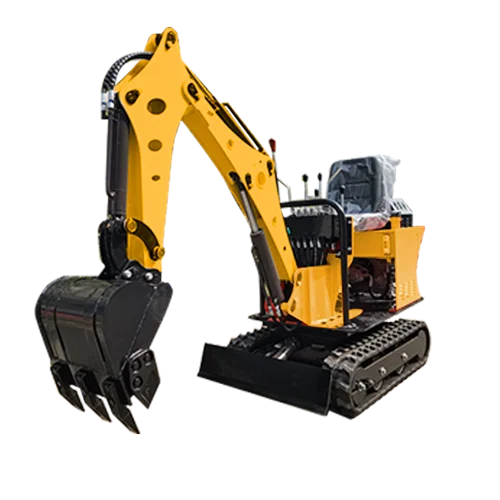Introduction

Swamp excavators, also known as amphibious excavators or marsh buggies, are specialized machines designed to operate in challenging wetland environments. These excavators are engineered to handle the unique conditions of swamps, marshes, and other waterlogged areas, making them indispensable for various wetland projects. In this comprehensive blog, we’ll explore the top benefits of using swamp excavators for wetland projects, compare leading brands, and provide essential information on their applications and advantages.
The Role of Swamp Excavators in Wetland Projects
Enhancing Accessibility
One of the primary benefits of swamp excavators is their ability to access areas that traditional excavators cannot. Wetland environments are often characterized by soft, unstable ground that can easily trap conventional machinery. Swamp excavators are equipped with wide tracks or pontoons that distribute their weight more evenly, allowing them to float or move across these challenging terrains without sinking.
Minimizing Environmental Impact
Swamp excavators are designed to minimize their environmental footprint. Their low ground pressure and ability to operate in waterlogged conditions help preserve the natural landscape and prevent damage to delicate ecosystems. This is particularly important in wetland projects where maintaining ecological balance is crucial.
Versatility in Applications
Swamp excavators are incredibly versatile and can be used for a wide range of applications, including dredging, land reclamation, pipeline installation, and environmental restoration. Their ability to work in both aquatic and semi-aquatic environments makes them a valuable asset for any wetland project.
Increased Efficiency and Productivity
The unique design of swamp excavators allows them to perform tasks more efficiently than traditional excavators in wetland environments. They can navigate through water and soft ground with ease, reducing the time and effort required to complete projects. This increased efficiency translates to higher productivity and cost savings for contractors and project managers.
Enhanced Safety Features
Working in wetlands can be hazardous due to the unstable ground and potential for water-related accidents. Swamp excavators are equipped with enhanced safety features such as improved stability, better traction, and specialized pontoons that prevent sinking. These features help ensure the safety of operators and other personnel on-site.
Key Features of Swamp Excavators

Amphibious Undercarriage
One of the defining features of swamp excavators is their amphibious undercarriage. This allows them to operate in both water and land, making them ideal for projects that require working in marshy or waterlogged areas.
Wide Tracks or Pontoons
Swamp excavators are equipped with wide tracks or pontoons that distribute the machine’s weight more evenly, preventing it from sinking into soft ground. This feature is crucial for maintaining stability and mobility in wetland environments.
Enhanced Stability and Traction
The design of swamp excavators includes features that enhance stability and traction, such as specialized pontoons and track systems. These features ensure the machine can navigate through challenging terrains without compromising safety or performance.
Customizable Attachments
Swamp excavators can be equipped with various attachments to suit different applications, such as dredging buckets, cutting heads, and hydraulic arms. This versatility allows them to perform a wide range of tasks efficiently.
Low Ground Pressure
Swamp excavators are designed to exert low ground pressure, which minimizes their impact on the environment. This is particularly important in wetlands where preserving the natural landscape is a priority.
Advantages of Swamp Excavators
To help you understand the benefits of using swamp excavators, we’ve compiled a table that highlights their key advantages.
| Advantage | Description |
|---|---|
| Enhanced Accessibility | Can access areas that traditional excavators cannot, thanks to wide tracks or pontoons. |
| Minimizing Environmental Impact | Designed to operate with low ground pressure, preserving the natural landscape. |
| Versatility in Applications | Suitable for a range of tasks including dredging, land reclamation, and environmental restoration. |
| Increased Efficiency | Efficiently navigate through water and soft ground, increasing productivity. |
Applications of Swamp Excavators

Dredging and Canal Maintenance
Swamp excavators are commonly used for dredging and canal maintenance projects. Their ability to operate in waterlogged conditions makes them ideal for removing sediment, debris, and vegetation from waterways.
Land Reclamation
In land reclamation projects, swamp excavators play a crucial role in converting waterlogged areas into usable land. They can efficiently move large volumes of soil and sediment, helping to reshape the landscape.
Environmental Restoration
Swamp excavators are essential for environmental restoration projects, such as wetland conservation and habitat creation. Their low-impact design helps protect delicate ecosystems while performing necessary restoration tasks.
Pipeline Installation
Swamp excavators are used for installing pipelines in wetland areas. Their ability to navigate through soft ground and waterlogged conditions ensures that pipelines can be laid efficiently and safely.
Disaster Response
In the aftermath of natural disasters, such as hurricanes and floods, swamp excavators are used for rescue and recovery operations. Their ability to operate in challenging conditions makes them invaluable for clearing debris and accessing remote areas.
Conclusion
Swamp excavators offer a range of benefits that make them indispensable for wetland projects. Their ability to navigate challenging terrains, minimize environmental impact, and perform a wide variety of tasks efficiently makes them a valuable asset for contractors and project managers. By understanding the key features and comparing leading brands, you can make an informed decision that enhances the success of your wetland projects.
FAQ
Q: What is a swamp excavator?
A: A swamp excavator, also known as an amphibious excavator or marsh buggy, is a specialized machine designed to operate in waterlogged and swampy environments. It features an amphibious undercarriage and wide tracks or pontoons for enhanced stability and mobility.
Q: What are the main benefits of using a swamp excavator?
A: The main benefits include enhanced accessibility to challenging terrains, minimized environmental impact, increased efficiency and productivity, and improved safety features.
Q: Which brands make the best swamp excavators?
A: Leading brands include EIK Engineering, Wilco, REMU, Marsh Buggies, and Bell Dredging. Each brand offers unique features and advantages tailored to different project requirements.
Q: What applications are swamp excavators used for?
A: Swamp excavators are used for various applications, including dredging, land reclamation, environmental restoration, pipeline installation, and disaster response.
Q: How do swamp excavators minimize environmental impact?
A: Swamp excavators are designed with low ground pressure and enhanced stability features that reduce their impact on the natural landscape. Their ability to operate in waterlogged conditions helps preserve delicate ecosystems.

